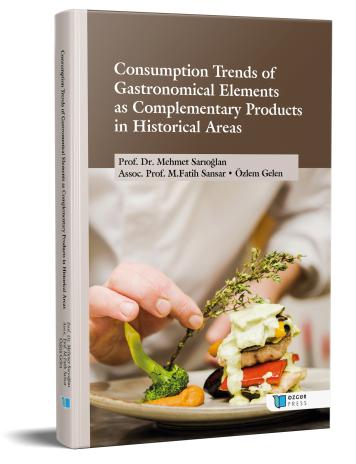
Consumption Trends of Gastronomical Elements as Complementary Products in Historical Areas
İndir
Özet
In this research, the destination preference reasons and gastronomy consumption trends of tourists visiting historical areas for touristic purposes were examined. Within the scope of the research, data obtained from 394 participants were analyzed. The mean and standard deviation values of the scales used in the study and explanatory factor analyses were performed using the SPSS program. Two of the nine hypotheses developed within the scope of the research were accepted. According to the accepted hypotheses, it was determined that there was a significant relationship between fusion cuisine trends and nature and culture dimensions and between molecular cuisine trends and accessibility and social environment dimensions. As a result of the research, it is necessary for all tourism businesses, especially accommodation and travel businesses of the destination, to maintain and develop standards in their service approach, and recommendations were made for those who carry out food and beverage activities to include innovative gastronomy cuisine trends in their menu planning.

